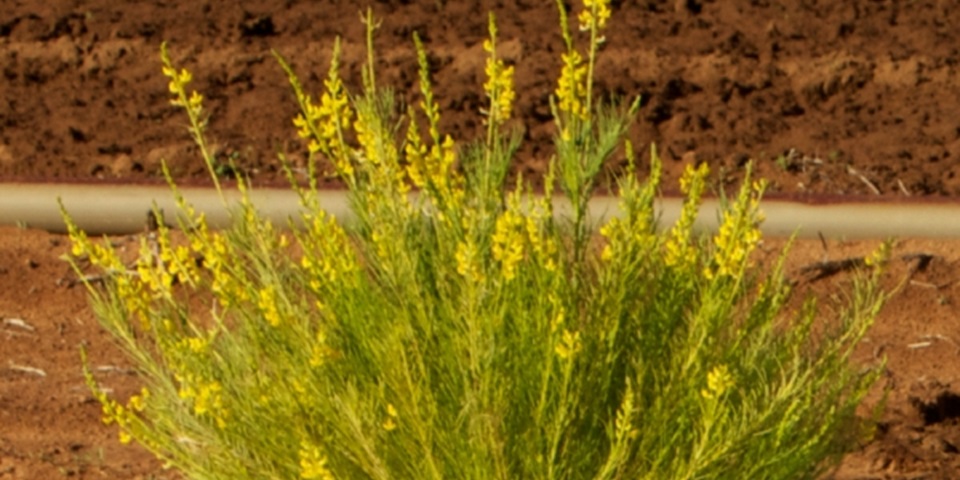Hardy new legume cultivar unlocks unproductive land

Vast tracts of unproductive land in the eastern Wheatbelt could be unlocked for farming with the development of a tough new legume cultivar.
What was the need for this project?
The Wheatbelt is the source for nearly two-thirds of Western Australia's wheat production. However, climate change is making farming the region more challenging each year.
Professor John Howieson and a team of researchers have undertaken a decade-long global search for legume plants capable of surviving Western Australia’s harsh, dry summers and sandy soils.
How the project was completed
Their global search led to the discovery of Lebeckia in the Western Cape of South Africa and the subsequent development of a cultivar specifically suited to Western Australian conditions.
The development took years of trials to ensure the plant was suited to Australia, will not spread like a weed, is palatable and not toxic to sheep or vulnerable to existing local pests or diseases.
The resultant cultivar offers scope for farmers to increase sheep production and wellbeing over summer and autumn, and transform land that was previously unproductive and susceptible to wind erosion.
Results and achievements for this project
This research has delivered a well adapted, grazable, perennial legume for soils that may have otherwise been completely unproductive.
The legume provides a valuable protein-rich food and feed source that is unique because it can grow without synthesised nitrogen fertiliser. When cultivated, it leaves nitrogen-rich residues in the soil, which cuts costs for farming while helping the environment.
After discovering Lebeckia in 2004, and breeding it for agriculture, researchers have focused on two aspects - improved machine harvesting technologies for production of seed and improved survival of the rhizobial inoculant.